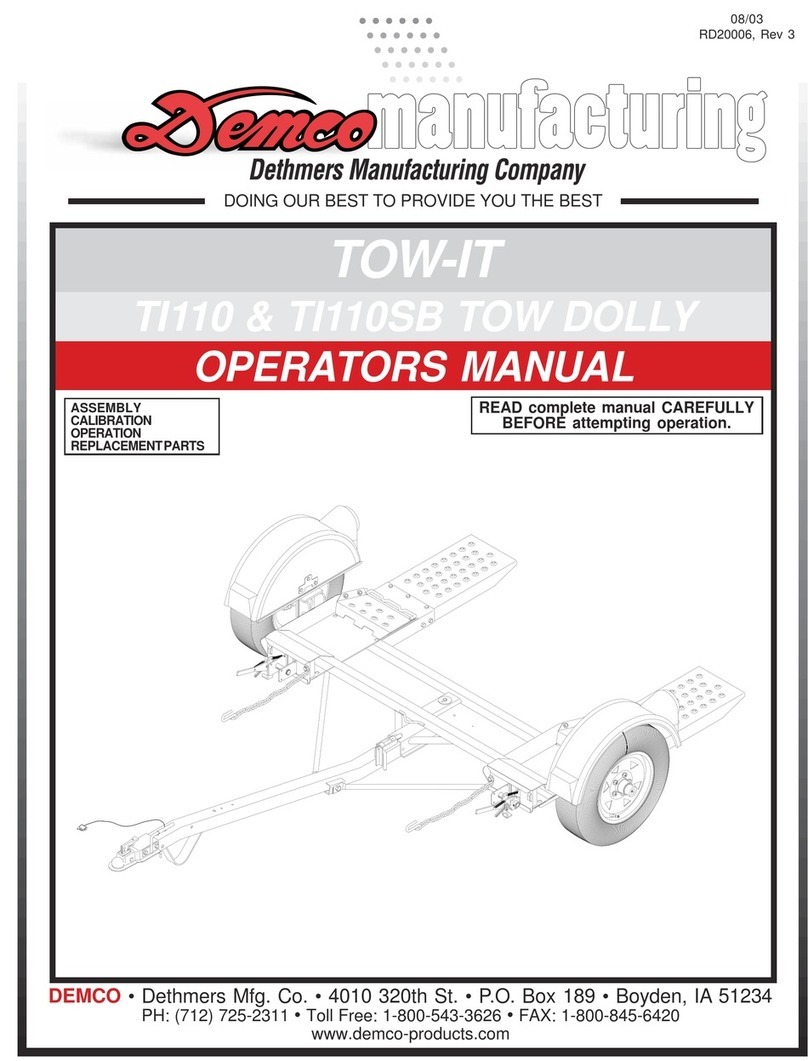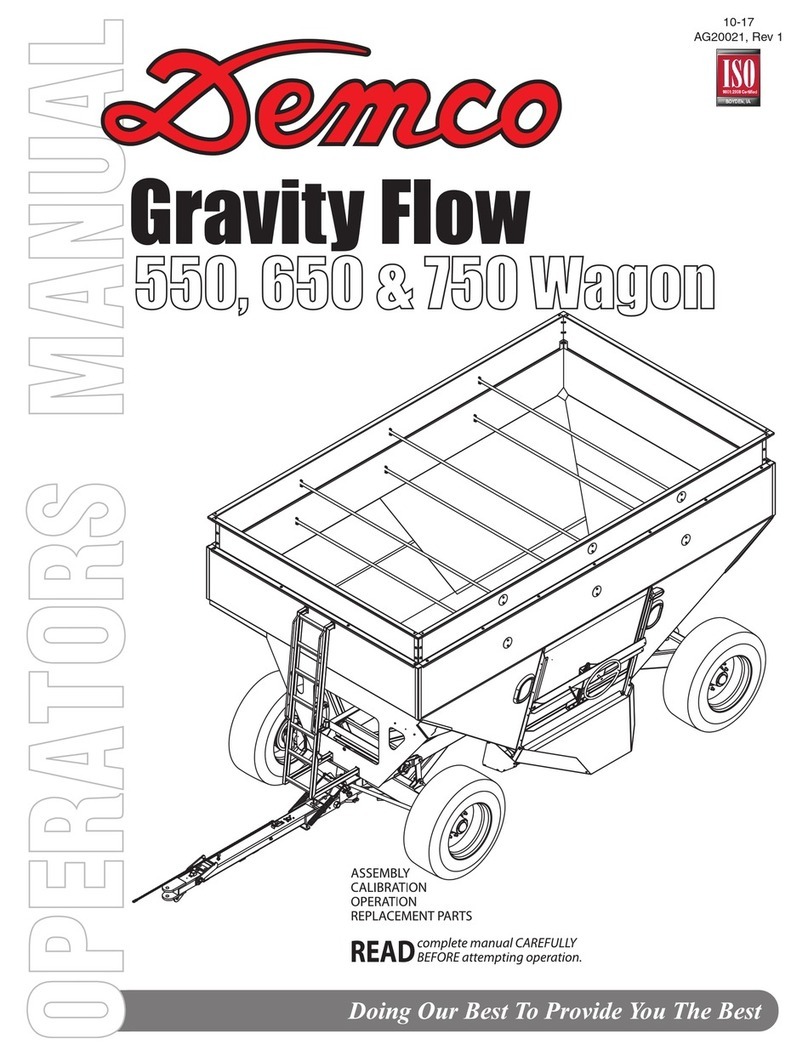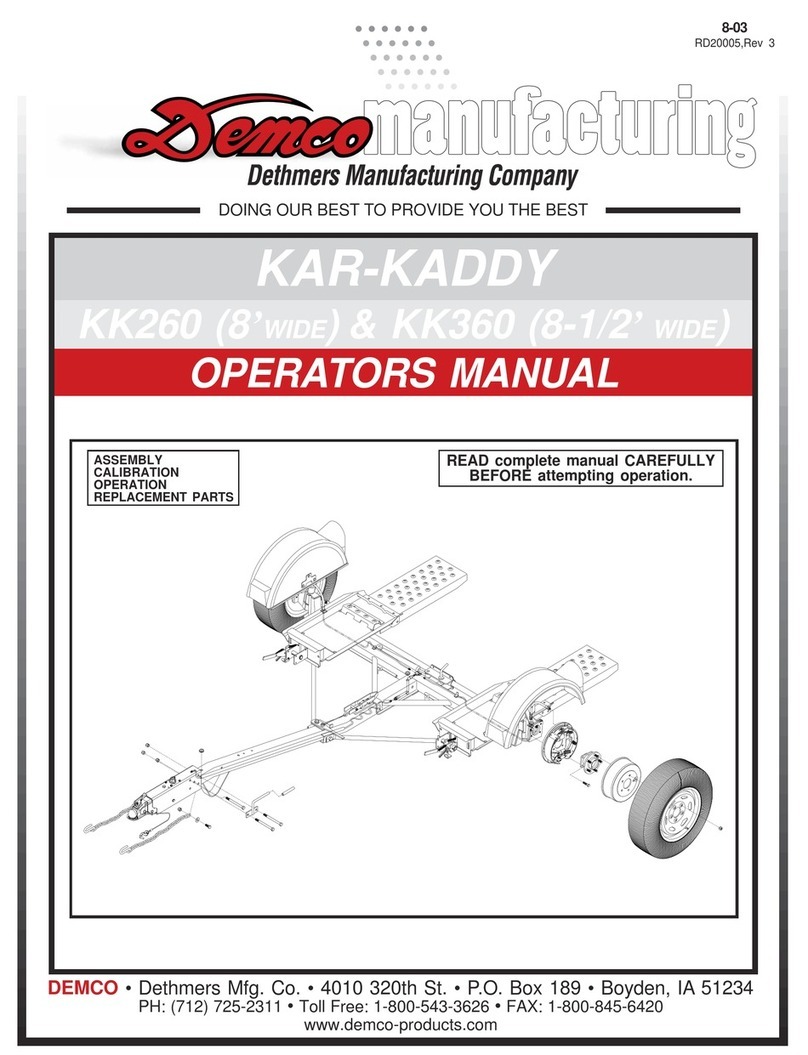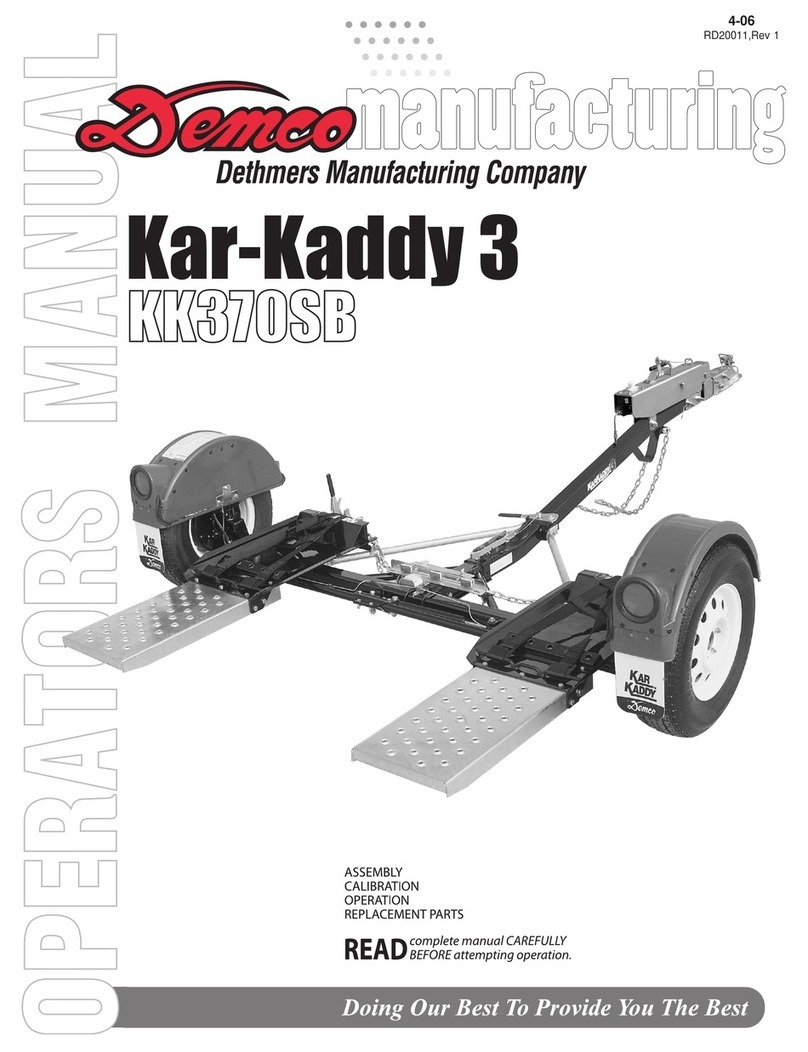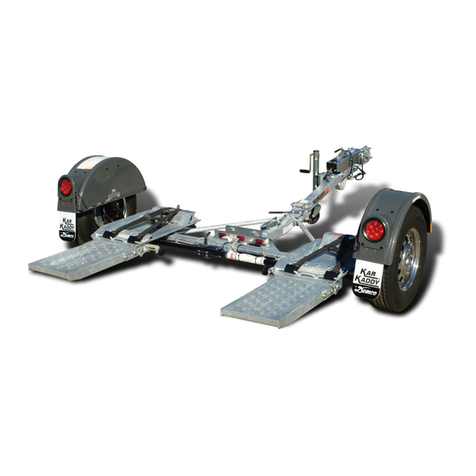
2
Table of Contents
Introduction........................................................................................................................... 4
Dealer Checklist.................................................................................................................... 6
To The Owner........................................................................................................................ 7
Safety.................................................................................................................................... 8
Torque Requirements............................................................................................................ 12-13
Safety Decals........................................................................................................................ 14-15
Coupling/Uncoupling............................................................................................................. 15-21
Operating Instructions........................................................................................................... 22
Pre-Trip Checklist.................................................................................................................. 23
Maintenance Check List........................................................................................................ 24-26
Full Function Anti-lock Brake System................................................................................... 27-28
Haldex Brake System Troubleshooting Guide...................................................................... 29-35
Adjustment and Operation of Brakes.................................................................................... 36-37
Tires...................................................................................................................................... 38
Wheels Installation................................................................................................................ 39
Wheel Maintenance During Tire Inspection.......................................................................... 40
Axle Inspection...................................................................................................................... 41
Suspensions......................................................................................................................... 42
Suspension Torque Specication.......................................................................................... 43
Troubleshooting Electrical System........................................................................................ 44
Troubleshooting General....................................................................................................... 45-49
Parts
SS-102-4LS, Tandem Spring Ride Converter Dolly.............................................................. 50-55
Converter Dolly Tongue 33-1/2”............................................................................................ 56-59
Converter Dolly Tongue 78”.................................................................................................. 60-63
Converter Dolly Tongue 108”................................................................................................ 64-67
Converter Dolly Tongue 120”................................................................................................ 68-71
Converter Dolly Tongue 133”................................................................................................ 72-75
ABS Brake Parts................................................................................................................... 76
Hutch Suspension Kit............................................................................................................ 77-78
7700/9700 4-Spring Maintenance......................................................................................... 79-83
Hub Pilot Axles...................................................................................................................... 84-104






